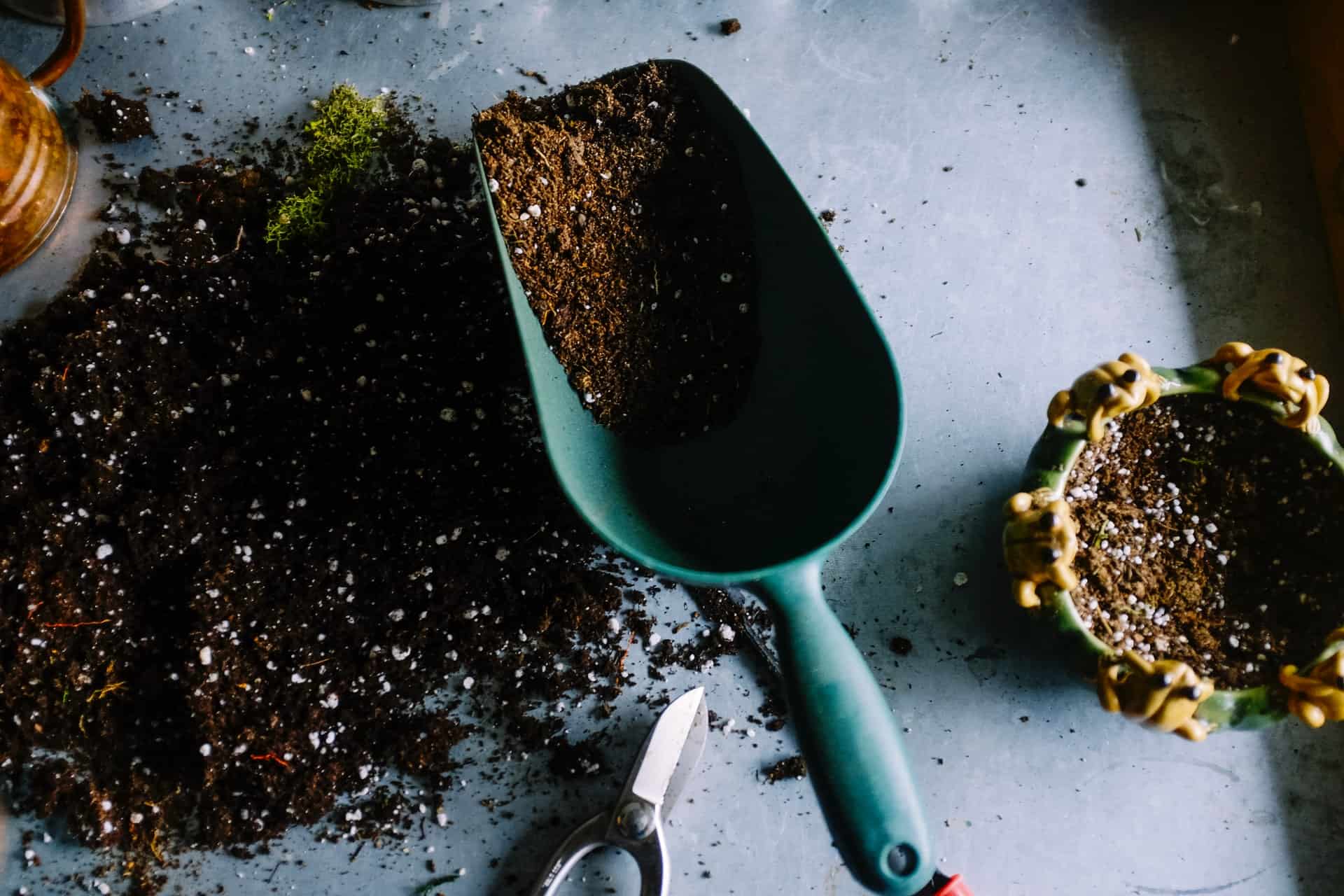May is perhaps the most important gardening month of the year in Costa Rica. Farmers across the country are planting their crops this month, and gardeners can also take advantage of this time to prepare for the best gardening of the year. All the elements of nature are optimal for the growth of plants. Corn (maíz) and beans (frijoles) are traditional favorite staple crops for planting now directly in the garden, as well as squash (ayote), taro (tiquisque) and cassava (yuca).
Try planting a milpa or traditional indigenous corn patch this time of year, so you can harvest corn on the cob about midyear. Instead of planting corn in long rows, try planting three corn seeds in fertile spots filled with compost and spaced a meter apart.
This gives the area more sunlight and provides space for planting companion plants, such as beans, squashes, taro and cassava, with the corn. Pole beans and bush beans (vainica) can be planted in the garden at this time to provide an abundance of food for the family.
Nontraditional crops for this time of year include sesame (ajonjolí), peanuts (maní) and sweet potatoes (camote), which are all planted directly in the soil.
Most garden vegetables are also started now, but more care is needed to ensure successful harvests. Starting your seeds in flats with prepared soiled will give your seedling plants a safe start, free from the hazards of insects, torrential rains and blazing sunlight. When the seedlings reach 2 to 3 inches high, transplant them to a cup or small pot.
Keep them in a shady area for a few days and then move them into an area with broken sunlight. Two weeks later, your seedling plants should be growing vigorously and are ready for transplanting into the garden. Transplanting from cups to the garden also prevents severe stress that often stunts the plants and lowers production.
Lettuce (lechuga), onions (cebolla), tomatoes (tomate), cabbage family members such as Chinese cabbage (repollo chino, pictured below), mustard (mostaza), cilantro (culantro), eggplant (berenjena) and radish (rábano) are good choices for all regions of the country, while broccoli (brócoli), cauliflower (coliflor), parsley (perejil), celery (apio), carrots (zanahoria) and beets (remolacha) are good choices for cooler altitudes. You’ll find local agricultural supply stores provide a wide selection of seeds for your gardening needs.
Now is also the time to plant fruit trees, wood trees and ornamentals, as getting them transplanted to their permanent sites will ensure they have plenty of time to grow hardy roots in the rainy season before the dry season returns.
Local nurseries around the country offer a wide selection of grafted fruit trees, which can often produce fruit in the third year after planting.
Like the old Chinese proverb goes: Miss spring, miss the whole year!








